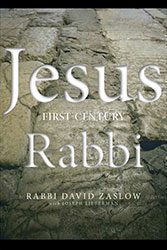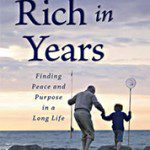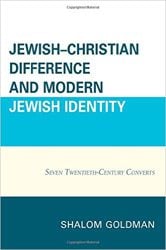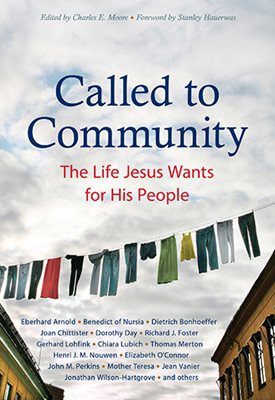My favorite part of Rabbi David Zaslow’s new book, Jesus: First-Century Rabbi, is Chapter Eight: Hebraic Thinking. Not because his characterization of Jewish thought was new to me, because it wasn’t. Not because it was the easiest part for me to understand, the whole book is very readable. It’s because, as a Catholic, I got it. I understood “Hebraic thinking.”
I had a hint that a light-bulb moment like this was going to happen when he set forth his understanding of the Temple sacrifices.
…the prophets, priests, and rabbis had always taught that Temple sacrifices are outward signs of inward changes; the offerings themselves were physical representations of feelings, thoughts, and words. (pg. 51)
This reminded me of the old Baltimore Catechism definition of Sacrament:
A Sacrament is an outward sign instituted by Christ to give grace.
This definition will often be paraphrased by Catholics as:
A Sacrament is an outward sign of an inward grace.
I wonder if Zaslow has ever heard of the “Catholic imagination.” Admittedly, it’s a bit of jargon in Catholic artistic circles. No one really has a set definition for it and the phrase has very little meaning outside of Catholicism. The omniscient Wikipedia suggests this definition:
Catholic imagination refers to the Catholic viewpoint that God is present in the whole creation and in human beings, as seen in its sacramental system whereby material things and human beings are channels and sources of God’s grace.
The Catholic imagination cannot help but see the entirety of creation as an interconnected web infused with the Divine. The Catholic Sacraments make holy that which is ordinary, like water, bread and wine. Catholics can easily expand that idea into their everyday lives.
Dualism is the antithesis of both Hebraic thinking and the Catholic imagination. Except when it comes to morality, there is no either/or. Everything (but morality) is a both/and. Body and soul. Birth and death. Animate and inanimate. Humanity and nature. It is all holy and in some sense participates in the Divine. Zaslow defines Hebraic thinking as:
Imagine perceiving the world in such a way that past and the present, time and space, nature and spirituality are seen as integrated and not separated into disconnected spheres of experience—this is the essence of Hebraic thinking. (pg. 97)
He very briefly, but very correctly, connects this to the Catholic understanding of the Eucharist. When we “do this in remembrance of Him,” we are not remembering a past event. We are making that past event present. Time, in this way, is not exclusively linear. We can participate in Jesus’ last supper and His sacrifice on the cross right now nearly two thousand years later.
I would argue that Catholic artists are among the heirs of the Hebraic worldview. In the Catholic imagination, some of that ancient thinking lives on. Zaslow wants to see more interfaith dialogue. Maybe art is a starting point, because as a Catholic, I get it.
For more conversation on Jesus: First-Century Rabbi, visit the Patheos Book Club here.
 Bethanie Ryan is a housewife, mother and writer. She recently graduated with a MA in Pastoral Studies from Aquinas Institute of Theology. Originally from Missouri, she currently calls upstate New York home. She writes for several websites including her own, Syrophoenician Woman.
Bethanie Ryan is a housewife, mother and writer. She recently graduated with a MA in Pastoral Studies from Aquinas Institute of Theology. Originally from Missouri, she currently calls upstate New York home. She writes for several websites including her own, Syrophoenician Woman.













